续集——付中望、方少华、魏光庆、袁晓舫作品展
发起人:七把叉 回复数:0
浏览数:2268
最后更新:2008/07/02 08:12:33 by
观念的笔记:
中国当代绘画的局部叙述
开幕:2008年7月12日16:00展期:2008年7月12—8月15日
地点:中国北京市朝阳区酒仙桥路4号798艺术区E06
策展人:鲍栋、孙冬冬
艺术家:崔洁、段建宇、龚剑、胡柳、季大纯、李青、李威、刘彬、刘韡、秦琦、王光乐、王鲁炎、王亚彬、王亚强、王音、尹齐
主办:伊比利亚当代艺术中心
总监:夏季风
开放时间:10:00—18:00,每周一闭馆
[url]www.iberiart.org
Notes of Conception:
A Local Narrative of Chinese Contemporary Painting
Opening: July 12, 2008,16:00
Dates: July 12 — August 15, 2008
Address: E06, 798 Art District, No.4 Jiuxianqiao Road, Chaoyang District, Beijing,China
Curators: Bao Dong, Sun Dongdong
Artists: Cui Jie, Duan Jianyu, Gong Jian, Hu Liu, Ji Dachun, Li Qing, Li Wei, Liu Bin, Liu Wei, Qin Qi, Wang Guangle, Wang Luyan, Wang Yabin, Wang Yaqiang, Wang Yin, Yin Qi
Presented by: Iberia Center for Contemporary Art
Director: Xia Jifeng
Opening Hours: 10:00 -18:00, Monday closed
[url]www.iberiart.org
中国当代绘画的局部叙述
开幕:2008年7月12日16:00展期:2008年7月12—8月15日
地点:中国北京市朝阳区酒仙桥路4号798艺术区E06
策展人:鲍栋、孙冬冬
艺术家:崔洁、段建宇、龚剑、胡柳、季大纯、李青、李威、刘彬、刘韡、秦琦、王光乐、王鲁炎、王亚彬、王亚强、王音、尹齐
主办:伊比利亚当代艺术中心
总监:夏季风
开放时间:10:00—18:00,每周一闭馆
[url]www.iberiart.org
Notes of Conception:
A Local Narrative of Chinese Contemporary Painting
Opening: July 12, 2008,16:00
Dates: July 12 — August 15, 2008
Address: E06, 798 Art District, No.4 Jiuxianqiao Road, Chaoyang District, Beijing,China
Curators: Bao Dong, Sun Dongdong
Artists: Cui Jie, Duan Jianyu, Gong Jian, Hu Liu, Ji Dachun, Li Qing, Li Wei, Liu Bin, Liu Wei, Qin Qi, Wang Guangle, Wang Luyan, Wang Yabin, Wang Yaqiang, Wang Yin, Yin Qi
Presented by: Iberia Center for Contemporary Art
Director: Xia Jifeng
Opening Hours: 10:00 -18:00, Monday closed
[url]www.iberiart.org

王音不错,其他的都瞎掰
——王兴伟
——王兴伟
牛逼,什么都敢写
王呀宾王压强,,,,,汗一个 [s:317]
观念的笔记:中国当代绘画的局部叙述
中国当代绘画的主流话语一直是一种化了妆的社会反映论,从伤痕美术、乡土绘画到政治波普、新生代、玩世现实主义,再到艳俗艺术、卡通绘画、影像派,这些曾经的和现今的潮流更多的只是一种社会题材的变换:文革记忆、乡土现实、红色政权、都市生活、无聊体验、消费文化、影像文化……这些题材被逐一地填装进绘画,又不断地被消耗掉。每一股潮流最初可能都有其社会动力,但最后都无一例外地泛滥成几个典型的符号。
另一种与之相关的话语是颠倒了的时代决定论。人们总是在借用“时代”这个空壳生造出一个个看起来很新的艺术潮流,最典型的叙述模式如“××一代”、“新××”,在他们的论述中,似乎艺术最重要的价值就在于紧跟时代,也正是在这样的话语下,那种题材决定论才有机可乘。艺术家们不自觉的在庸俗社会学的狭小空间内自觉的追逐时尚,这未必是中国当代绘画的全部事实,但显然是主流现象。
不过我们不能就因此忽略那些保持着反省意识与实验精神的画家们。绘画对于他们来说是一种话语,一个展开反思与实验的场所,而不再是一种社会或心理的表征工具。在这样的意识前提下,绘画被视为一个专业的问题情境,艺术家——这时他们不仅仅是画家了——在这个具体的语境下用绘画的方式在“绘画”这个概念平台上工作,在批判既定的绘画话语的同时,也在拓展着绘画的可能性。
观念的自觉必然会带来修辞的自觉,换句话说,绘画成为了一个问题,那么关于绘画的一切都不再是理所当然,包括材料、尺寸、笔触、视觉、图像、形象、叙事、趣味、风格等诸多的因素就必然要被重新审视,并进而被视为各种修辞手段。这引发艺术家们主动的修辞意识,从颜料的厚薄、画幅的大小到图像的选择、形象的再造,这些都成为了一种有意识去把握的修辞方式。
甚至绘画本身对他们来说也变成了一种修辞,一种参与建构意义与快感的方式。在这个意义上,他们绘画是可写性的,也就是说,我们在观看中不能只是被动地接受意义,而必须主动参与意义与快感的生产。
在这里,既然已经把他们的绘画实践理解成了一种广义上的写作,那么我们不妨把这种思路再推进一步——他们的“绘画写作”属于何种文体?
我们的意见是:这些只言片语而又旁征博引;左右言他而又针锋相对;调侃戏谑而又洞察深刻;独立成篇而又语义纵横的绘画文本可以视为笔记体在绘画领域及当代语境中的延伸。在中国古代的传统中,笔记是一种典型的文史不分、叙论混杂的写作,可以是见闻杂录,也可以是考订辨证,同时笔记也包含着对主流话语的怀疑与颠覆。因此,用古代的笔记体去比喻当代的绘画,既是为了形容其外部特征,更是为了暗示其隐含的文化政治功能——他们的绘画实践具有对既定绘画话语的解构作用,并有助于把绘画从关于绘画的种种“神话”中还原出来。
然而我们并不是在暗示有一种“绘画的本来面目”,也不是在试图重新梳理我们的艺术史,更不是企图制造出一个新的潮流。实际上,任何单一的整体叙述对于复杂而多变的现实都是无效的,我们选择的这个策展角度只是众多可能的叙述中的一个局部叙述,参加这个展览的艺术家和他们的绘画也完全可以由别的思路来理解,但是,我们要强调的是,现有的主流叙述模式——社会、心理表征论或者审美、形式自律论——都不能有效地呈现出他们的价值。
因此,我们毫不掩饰这个展览的针对性,但在我们能给出一个结论之前,我们只能去尽力全面地呈现出一系列绘画实践的事实,并力图提出一个新的观看角度与价值维度,以激起绘画在当代艺术语境下可能的活力。
Notes of Conception: A Local Narrative of Chinese Contemporary Painting
Mainstream discourse on Chinese contemporary painting has evolved around the theory of social reflection with a mask on, from Scar Painting, Rural Painting to Political Pop, New Generation, Cynical Realism, to Gaudy Art, Cartoon Art, and Photographic Painting, which are mostly translations of social subject matters such as memories of the Cultural Revolution, Rural Reality, Red Political Power, urban life, meaningless experiences, Consumer Culture, image culture, etc.—subjects that have been projected into paintings and were then consumed as such. Perhaps there was a social motivation behind each trend at the beginning, but it was eventually overrun by those few stereotypical symbols.
Another related discourse is the reversed historical determinism. People often superficially appropriate “time” in order to produce some seemingly new art trends one after another, and their most typical narrative mode has been the “xx generation” or the “new xx”. According to their discussions, the most important value in art seems to be manifestations concurrent to the present era, and discourses as such have created opportunities for the determinism of subject matter. Being unconsciously ensnared by vulgar sociology, artists have been voluntarily pursuing the latest trend. This is not necessarily the overall reality of Chinese contemporary painting, but there is no question that it is a phenomenon of the mainstream.
Yet, for the same reason, we cannot neglect those artists who kept their reflective awareness and maintained their experimental energies. Painting becomes a discourse for them, a work site where they carry on reflexive thinking and experimentation and it is no longer a socio-psychological tool of representation. Under this premise, painting is positioned in a professional and problem-based context and then the artists—now more than painters—work on the conceptual platform of “painting” with respective approaches within this particular context while reserving a skepticism to the existing discourse of painting as they constantly look into expanding the possibility of painting.
To work consciously with concepts ultimately makes one proactive in one’s approach of rhetoric. In another word, when painting becomes a problem, everything about painting will not be taken for granted. Many factors, including material, size, painting strokes, visuality, icon, image, narrative, taste, style, etc, should be examined under a new light in their new identities as rhetorical means. This activates rhetorical consciousness on the artists’ part. From the thickness of paint, canvas size, selection of icons, to the remaking of images, all fall into rhetorical categories to be commanded by the artists’ consciousness.
In the eyes of the artists, even painting itself has become rhetoric, a way to construct meaning and pleasure. In this sense, their work is writerly, that is to say, viewing is no longer the simple process of receiving meanings, but an act of actively producing meaning and pleasure.
Since we have already understood their painting as writing in a broad sense, we can also go little further—which type of writing does their “painting texts” belong to?
Our opinion is that these texts of painting, scattered yet well documented, evasive yet opposite, satirical and playful yet poignantly observant, independently comprehensive yet encompassing, are no doubt the extension of the writing genre of notes in the realm of painting and modern society. In ancient Chinese tradition, note is a typical writing genre that crosses the border of literary and historical texts and blends narration and argumentation. It can be literary sketches and miscellaneous anecdotes, or, research and discriminations. Moreover, it contains spirits of skepticism to and subversion of mainstream discourse. Thus, to draw an analogy between note writing and the artists’ painting practice is not only to introduce the outward common features, but also to suggest their cultural political role—their painting practice acts as a force to deconstruct the existing discourse of painting, hence, helps the reduction of painting from various “legends” of itself.
But we do not mean to signify the existence of “an origin of painting”, neither do we claim to rework our art history or attempt to inspire a new trend. In fact, any homogeneous narration on the complex and unstable art practice would be invalid, and the curatorial perspective we have taken is only a local narrative among many. The participating artists and their paintings can also be interpreted from other trains of thought. However, we would like to emphasize that the existing mainstream narrative mode—socio-psychological representation, or aesthetic and formal autonomy—cannot effectively reveal their value.
Therefore, we do not need to hold back on the critical focus of this exhibition. However, before we are able to come to any conclusion, we can only attempt to show the outcom
中国当代绘画的主流话语一直是一种化了妆的社会反映论,从伤痕美术、乡土绘画到政治波普、新生代、玩世现实主义,再到艳俗艺术、卡通绘画、影像派,这些曾经的和现今的潮流更多的只是一种社会题材的变换:文革记忆、乡土现实、红色政权、都市生活、无聊体验、消费文化、影像文化……这些题材被逐一地填装进绘画,又不断地被消耗掉。每一股潮流最初可能都有其社会动力,但最后都无一例外地泛滥成几个典型的符号。
另一种与之相关的话语是颠倒了的时代决定论。人们总是在借用“时代”这个空壳生造出一个个看起来很新的艺术潮流,最典型的叙述模式如“××一代”、“新××”,在他们的论述中,似乎艺术最重要的价值就在于紧跟时代,也正是在这样的话语下,那种题材决定论才有机可乘。艺术家们不自觉的在庸俗社会学的狭小空间内自觉的追逐时尚,这未必是中国当代绘画的全部事实,但显然是主流现象。
不过我们不能就因此忽略那些保持着反省意识与实验精神的画家们。绘画对于他们来说是一种话语,一个展开反思与实验的场所,而不再是一种社会或心理的表征工具。在这样的意识前提下,绘画被视为一个专业的问题情境,艺术家——这时他们不仅仅是画家了——在这个具体的语境下用绘画的方式在“绘画”这个概念平台上工作,在批判既定的绘画话语的同时,也在拓展着绘画的可能性。
观念的自觉必然会带来修辞的自觉,换句话说,绘画成为了一个问题,那么关于绘画的一切都不再是理所当然,包括材料、尺寸、笔触、视觉、图像、形象、叙事、趣味、风格等诸多的因素就必然要被重新审视,并进而被视为各种修辞手段。这引发艺术家们主动的修辞意识,从颜料的厚薄、画幅的大小到图像的选择、形象的再造,这些都成为了一种有意识去把握的修辞方式。
甚至绘画本身对他们来说也变成了一种修辞,一种参与建构意义与快感的方式。在这个意义上,他们绘画是可写性的,也就是说,我们在观看中不能只是被动地接受意义,而必须主动参与意义与快感的生产。
在这里,既然已经把他们的绘画实践理解成了一种广义上的写作,那么我们不妨把这种思路再推进一步——他们的“绘画写作”属于何种文体?
我们的意见是:这些只言片语而又旁征博引;左右言他而又针锋相对;调侃戏谑而又洞察深刻;独立成篇而又语义纵横的绘画文本可以视为笔记体在绘画领域及当代语境中的延伸。在中国古代的传统中,笔记是一种典型的文史不分、叙论混杂的写作,可以是见闻杂录,也可以是考订辨证,同时笔记也包含着对主流话语的怀疑与颠覆。因此,用古代的笔记体去比喻当代的绘画,既是为了形容其外部特征,更是为了暗示其隐含的文化政治功能——他们的绘画实践具有对既定绘画话语的解构作用,并有助于把绘画从关于绘画的种种“神话”中还原出来。
然而我们并不是在暗示有一种“绘画的本来面目”,也不是在试图重新梳理我们的艺术史,更不是企图制造出一个新的潮流。实际上,任何单一的整体叙述对于复杂而多变的现实都是无效的,我们选择的这个策展角度只是众多可能的叙述中的一个局部叙述,参加这个展览的艺术家和他们的绘画也完全可以由别的思路来理解,但是,我们要强调的是,现有的主流叙述模式——社会、心理表征论或者审美、形式自律论——都不能有效地呈现出他们的价值。
因此,我们毫不掩饰这个展览的针对性,但在我们能给出一个结论之前,我们只能去尽力全面地呈现出一系列绘画实践的事实,并力图提出一个新的观看角度与价值维度,以激起绘画在当代艺术语境下可能的活力。
Notes of Conception: A Local Narrative of Chinese Contemporary Painting
Mainstream discourse on Chinese contemporary painting has evolved around the theory of social reflection with a mask on, from Scar Painting, Rural Painting to Political Pop, New Generation, Cynical Realism, to Gaudy Art, Cartoon Art, and Photographic Painting, which are mostly translations of social subject matters such as memories of the Cultural Revolution, Rural Reality, Red Political Power, urban life, meaningless experiences, Consumer Culture, image culture, etc.—subjects that have been projected into paintings and were then consumed as such. Perhaps there was a social motivation behind each trend at the beginning, but it was eventually overrun by those few stereotypical symbols.
Another related discourse is the reversed historical determinism. People often superficially appropriate “time” in order to produce some seemingly new art trends one after another, and their most typical narrative mode has been the “xx generation” or the “new xx”. According to their discussions, the most important value in art seems to be manifestations concurrent to the present era, and discourses as such have created opportunities for the determinism of subject matter. Being unconsciously ensnared by vulgar sociology, artists have been voluntarily pursuing the latest trend. This is not necessarily the overall reality of Chinese contemporary painting, but there is no question that it is a phenomenon of the mainstream.
Yet, for the same reason, we cannot neglect those artists who kept their reflective awareness and maintained their experimental energies. Painting becomes a discourse for them, a work site where they carry on reflexive thinking and experimentation and it is no longer a socio-psychological tool of representation. Under this premise, painting is positioned in a professional and problem-based context and then the artists—now more than painters—work on the conceptual platform of “painting” with respective approaches within this particular context while reserving a skepticism to the existing discourse of painting as they constantly look into expanding the possibility of painting.
To work consciously with concepts ultimately makes one proactive in one’s approach of rhetoric. In another word, when painting becomes a problem, everything about painting will not be taken for granted. Many factors, including material, size, painting strokes, visuality, icon, image, narrative, taste, style, etc, should be examined under a new light in their new identities as rhetorical means. This activates rhetorical consciousness on the artists’ part. From the thickness of paint, canvas size, selection of icons, to the remaking of images, all fall into rhetorical categories to be commanded by the artists’ consciousness.
In the eyes of the artists, even painting itself has become rhetoric, a way to construct meaning and pleasure. In this sense, their work is writerly, that is to say, viewing is no longer the simple process of receiving meanings, but an act of actively producing meaning and pleasure.
Since we have already understood their painting as writing in a broad sense, we can also go little further—which type of writing does their “painting texts” belong to?
Our opinion is that these texts of painting, scattered yet well documented, evasive yet opposite, satirical and playful yet poignantly observant, independently comprehensive yet encompassing, are no doubt the extension of the writing genre of notes in the realm of painting and modern society. In ancient Chinese tradition, note is a typical writing genre that crosses the border of literary and historical texts and blends narration and argumentation. It can be literary sketches and miscellaneous anecdotes, or, research and discriminations. Moreover, it contains spirits of skepticism to and subversion of mainstream discourse. Thus, to draw an analogy between note writing and the artists’ painting practice is not only to introduce the outward common features, but also to suggest their cultural political role—their painting practice acts as a force to deconstruct the existing discourse of painting, hence, helps the reduction of painting from various “legends” of itself.
But we do not mean to signify the existence of “an origin of painting”, neither do we claim to rework our art history or attempt to inspire a new trend. In fact, any homogeneous narration on the complex and unstable art practice would be invalid, and the curatorial perspective we have taken is only a local narrative among many. The participating artists and their paintings can also be interpreted from other trains of thought. However, we would like to emphasize that the existing mainstream narrative mode—socio-psychological representation, or aesthetic and formal autonomy—cannot effectively reveal their value.
Therefore, we do not need to hold back on the critical focus of this exhibition. However, before we are able to come to any conclusion, we can only attempt to show the outcom
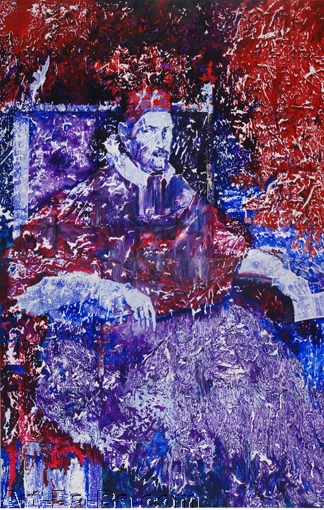

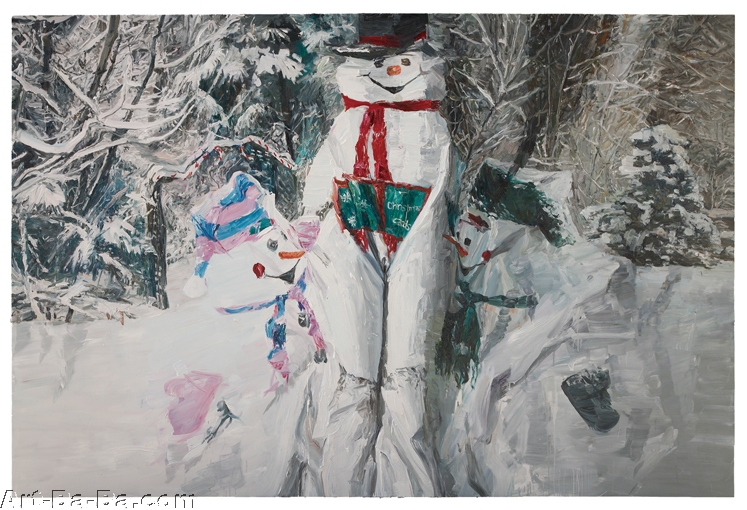
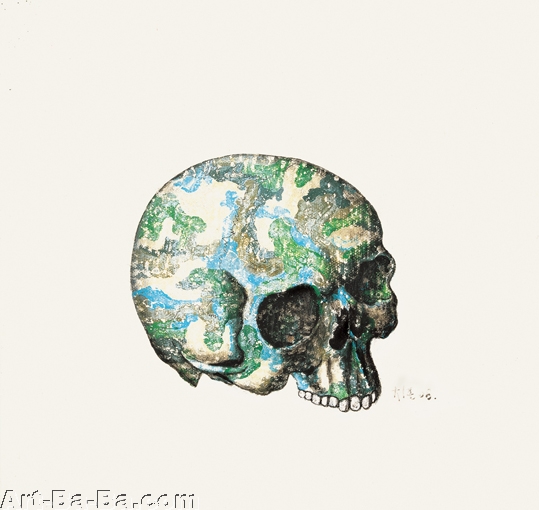
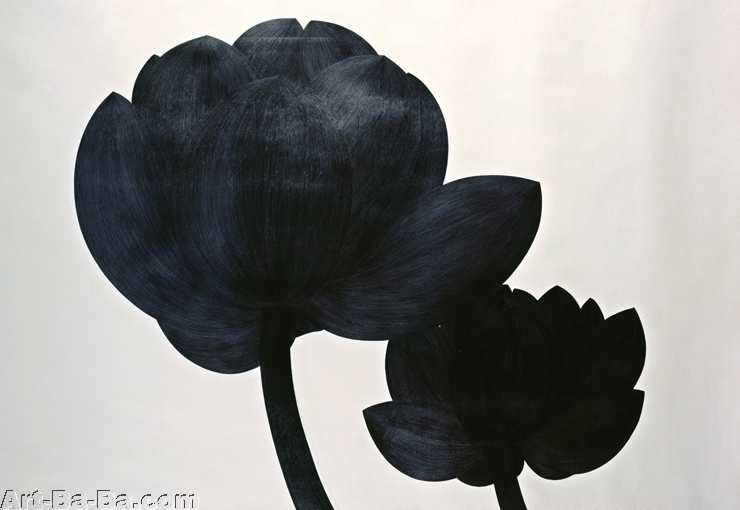
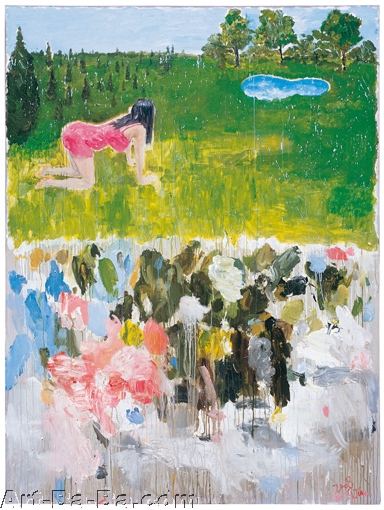
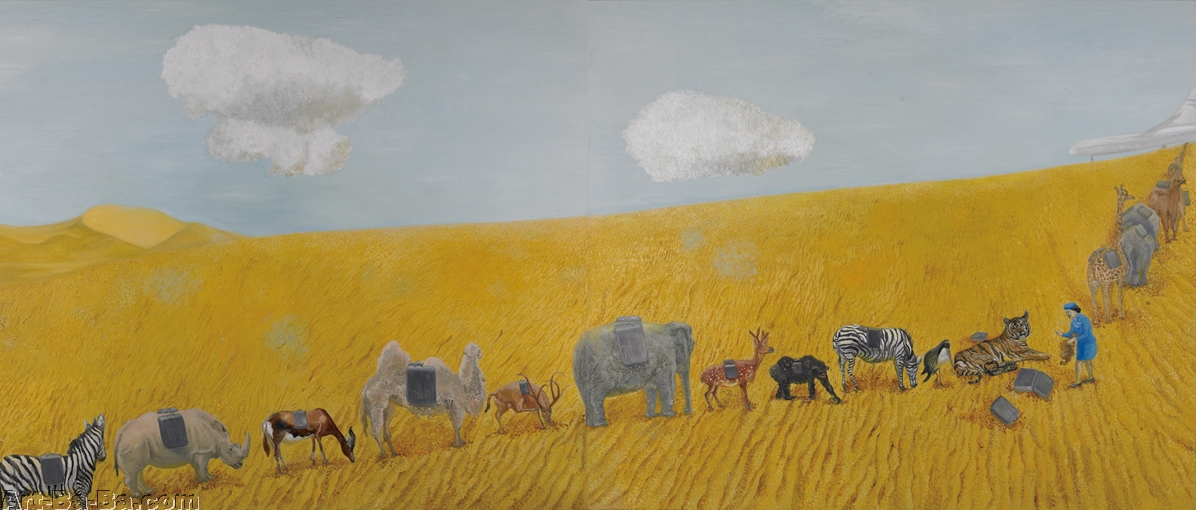
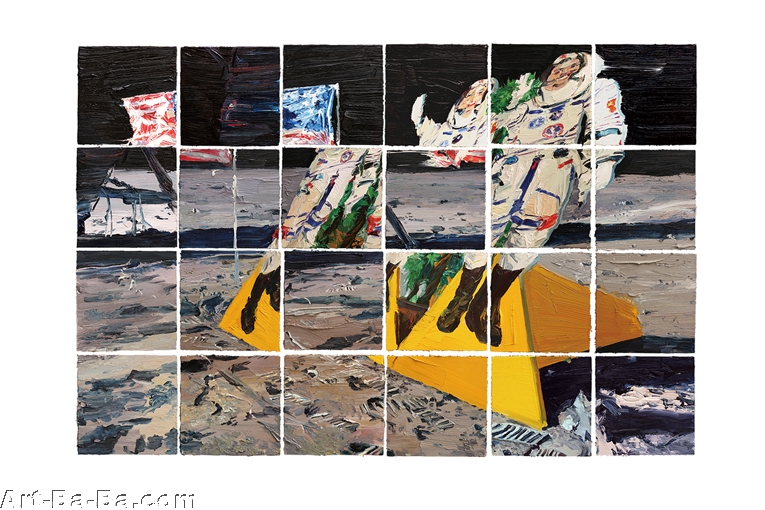
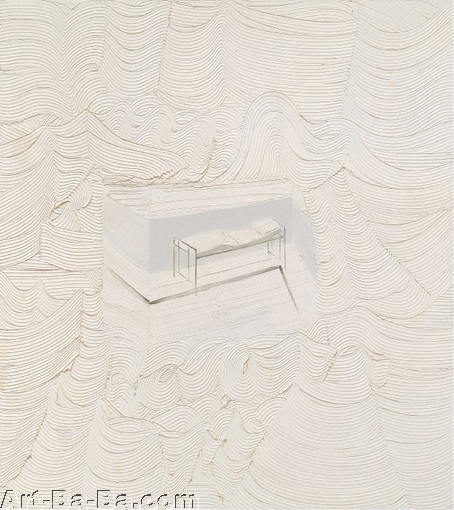
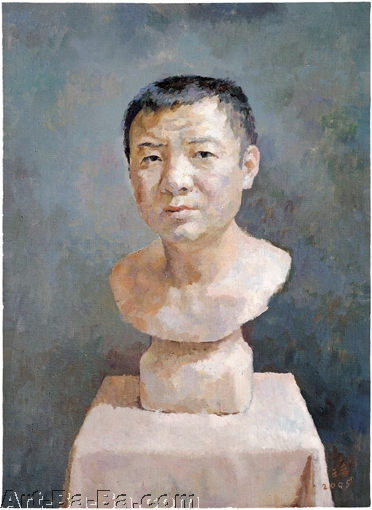
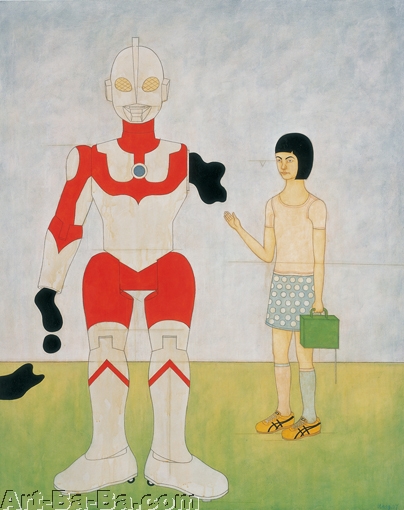
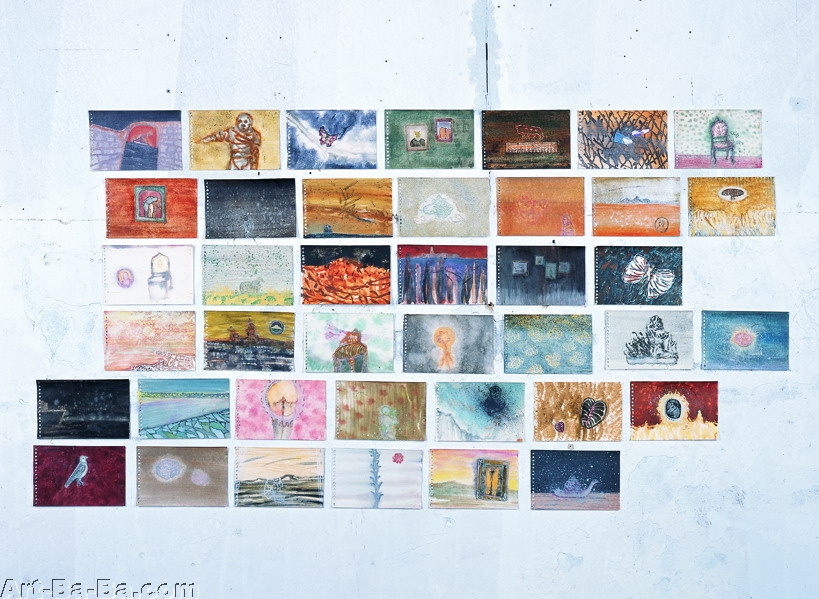
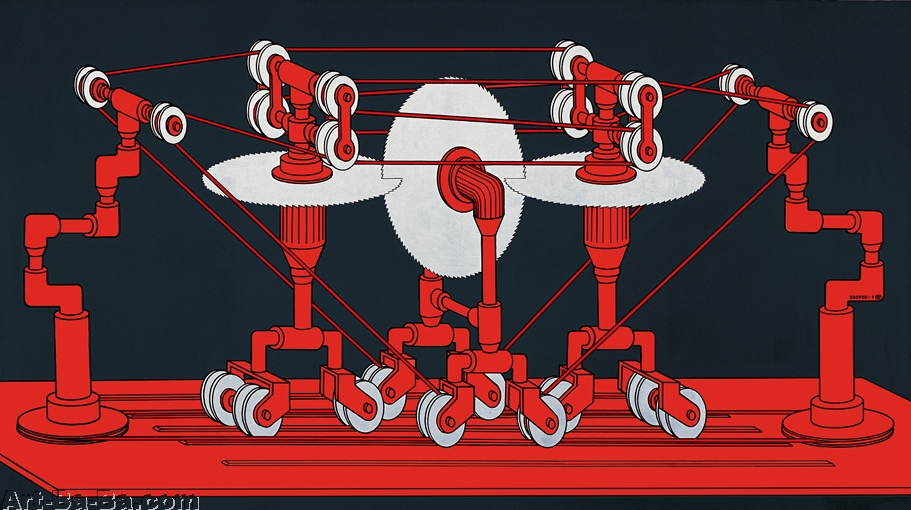
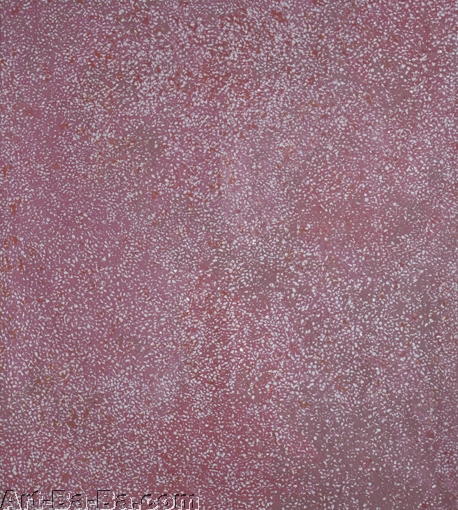
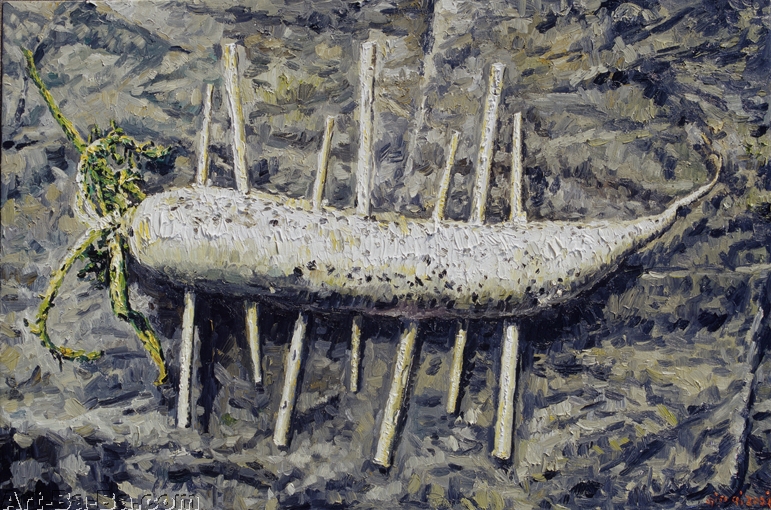

看不懂
画都太难看了吧
“绘画写作”...........
晕死,暴动文章越来越象文章了
晕死,暴动文章越来越象文章了
又见趣味共同体
和shoping是一伙
海报设计不错。
笔记体的概念有中国牌之嫌。
艺术家很杂,为什么有卡通呢?暴动不是一直反对卡通吗?
笔记体的概念有中国牌之嫌。
艺术家很杂,为什么有卡通呢?暴动不是一直反对卡通吗?
八卦这张海报是一个艺术家设计的,还不错~~我的个展就找他了,这位设计师请联系我,手机号码13453247688
我知道设计师是谁,请拨13901893105
17楼就知道混混混混混混混
[s:327]
[s:327]
别这么气急败坏,对肾不好![s:326]
好恶心的吹捧伎俩,海报有什么好,以为用点现成品就在设计里牛逼,这早就是设计圈玩剩下了扔进垃圾箱里的东西,不懂真正的设计就别在那丢人现眼
艺术圈就是擅长把设计得粗陋当前卫,别以为我是在说你制作粗陋,我是说你的想法粗陋,以为玩点小聪明,把艺术圈几十年前的手法挪到设计上就牛逼了
这个艺术家设计做得这么好干脆做设计好了,别在艺术圈混了。
暴动实在太装B了
绘画实在是太让人失望了
绘画实在是太让人失望了
傻了吧~~~~~
《观念的笔记:中国当代绘画的局部叙述》
2008年7月12日16:00@伊比利亚当代艺术中心,布展现场
你所不知道的伊比利亚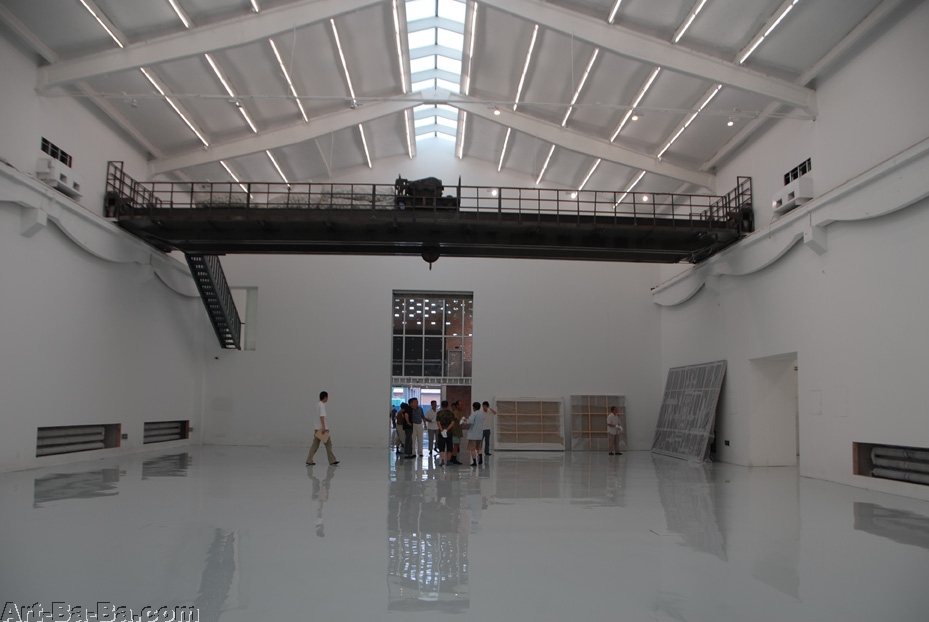
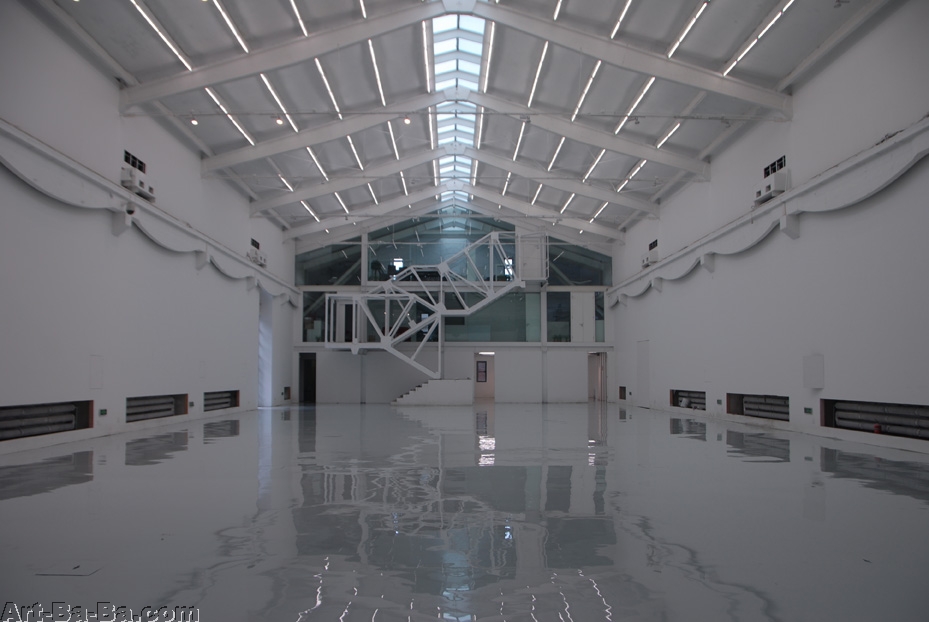
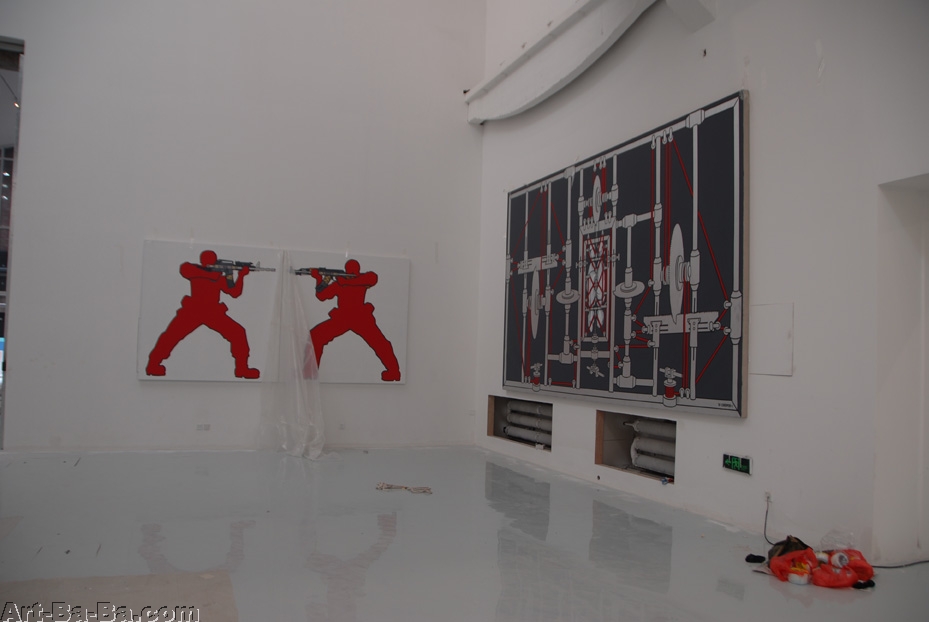
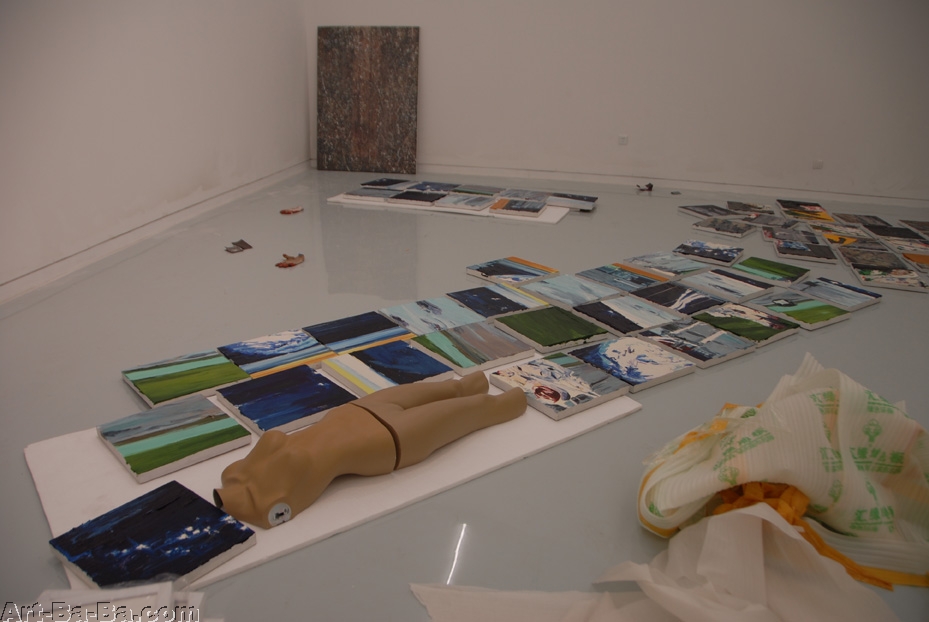
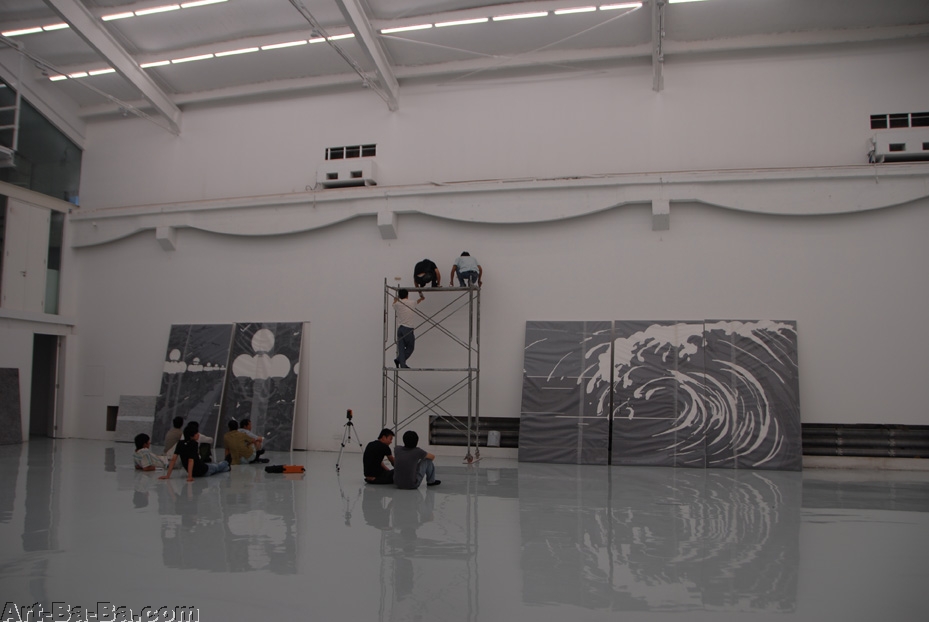
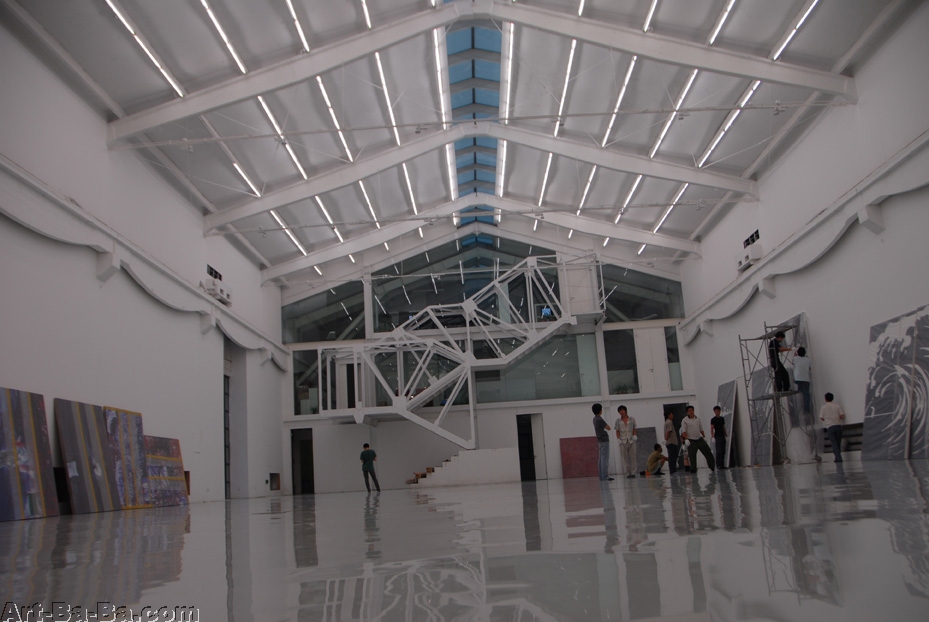
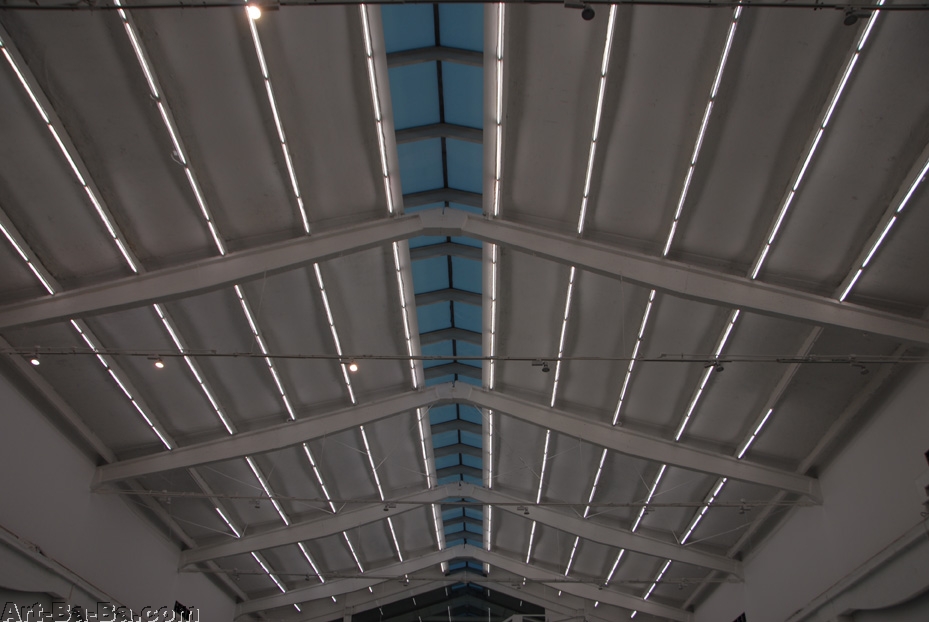
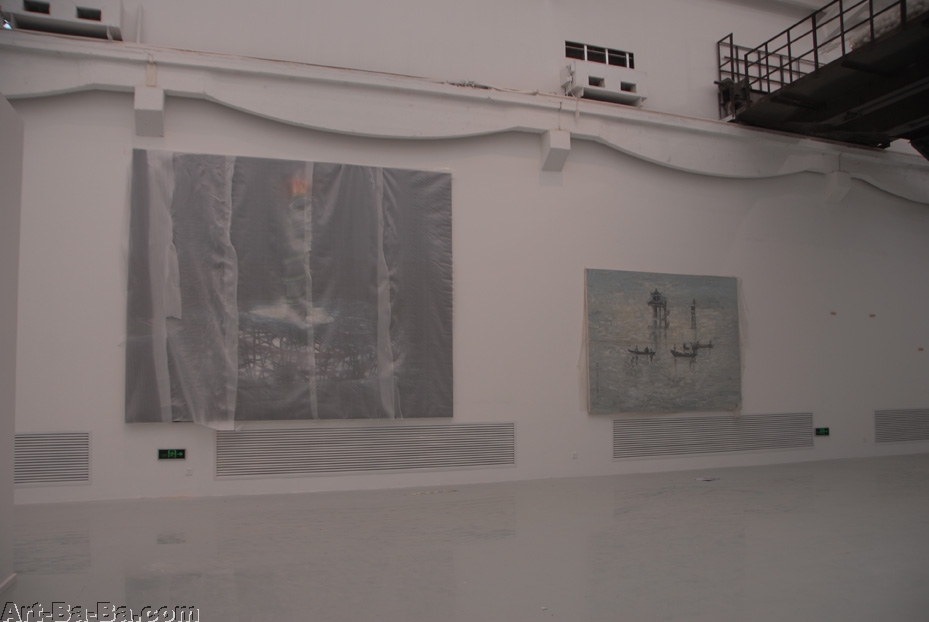
2008年7月12日16:00@伊比利亚当代艺术中心,布展现场
你所不知道的伊比利亚








这么垃圾也说好?
[s:328]
[s:323]
没有徐震就会挨骂
有徐震也照样骂
地板刷得不错
其实刘鼎那作品就搁在原来架子那挺好看的,现在那个架子显得很空,不是在骂鼎鼎啊,千万别误会
[quote]引用第26楼guest于2008-07-11 22:43发表的 :
有徐震也照样骂[/quote]
连这样空间的展览也要参加,徐震当然得骂。糊涂,头脑不清晰,没有判断力
有徐震也照样骂[/quote]
连这样空间的展览也要参加,徐震当然得骂。糊涂,头脑不清晰,没有判断力
爱你爸爸拜谢各位吵帖团 [s:322]
徐震也画画就也能参加啊
晕
[s:327] [s:327]
[s:322]
不又是一个假, 大, 空吗?还以为会有点新鲜的。
作品还是不错的,有实验性,比那些大符号头、光头、傻笑、文革老毛强太多了
暴动的文章有点不知所云,可能自己也没搞明白吧.不过,绘画嘛,是有点搞不明白
观念的笔记:中国当代绘画的局部叙述
伊比利亚当代艺术中心|IBERIA CENTRE FOR CONTEMPORARY ART
北京市朝阳区酒仙桥路4号798艺术区E06
2008.07.12–2008.08.15
“观念的笔记”把后现代画家的困扰当作前提:是一种没有总体的意图与法则可以依赖的虚空。画册的前言里面提出,目前的流行画派丰富而不断地被消耗掉,引起 “绘画概念极其单一,反映社会,或者通过反映内心状态来反映社会”。 此展览试图呈现当代艺术的自觉性。伊比利亚的小策展组收集的十六位画家能否使观众体验“主动试验性”的绘画线索呢?也许多少会一点吧。
宽广的现场集合了不同年代的代表人物, 包括著名的以及正在崛起的艺术家。策展组选择的研究话题很及时,也直接回应了那些爱批评画布艺术商业性的疑问。但对于普通观众来说,这组绘画作品展示在伊比利亚宽敞的空间不一定能够凸显出那些很特别的图像:试验是试验,但是只有理解基本的艺术史,才能感受得到此次展览的试验性的本质。说起展览气氛的学术倾向,这样说并没有贬义,伊比利亚确实在实行着其艺术研究和教育的功能。
“观念的笔记”前辈画家的代表中,有王音对绘画史本身的研究、王鲁炎的具有平面感而以图像为主的绘画、季大纯的重新分析科学真理和意图意义的绘画、还有尹齐的复杂奶油画,后者在试图改变视觉和意识上的规则。年轻的画家相对来说多一些,像龚剑的非审美的、飞溅着白色点点的画面、王光乐最新水磨石的尝试、李威的悬念性的电影语言、还有刘韡的电脑设计过的 “生产线” 大画面、王亚强的自学绘画手法,都达到了新鲜和挑战人眼球的效果;参与的人数众多,也使展览当中的想法充满丰富性,给每个人带来一次惊喜。
偶尔在现场也会碰到策展人所批评的“潮流绘画”的虚饰 (像符号的复制或者反映出影像文化),但是 “观念的笔记”的整体方向是往新鲜的艺术试验上走,一方面提供了有学术价值 的观赏,同时在年纪上相差二十多年的中国画家的绘画试验里,也找到了一 条线索。
— 文/ 安静 / Lee Ambrozy
伊比利亚当代艺术中心|IBERIA CENTRE FOR CONTEMPORARY ART
北京市朝阳区酒仙桥路4号798艺术区E06
2008.07.12–2008.08.15
“观念的笔记”把后现代画家的困扰当作前提:是一种没有总体的意图与法则可以依赖的虚空。画册的前言里面提出,目前的流行画派丰富而不断地被消耗掉,引起 “绘画概念极其单一,反映社会,或者通过反映内心状态来反映社会”。 此展览试图呈现当代艺术的自觉性。伊比利亚的小策展组收集的十六位画家能否使观众体验“主动试验性”的绘画线索呢?也许多少会一点吧。
宽广的现场集合了不同年代的代表人物, 包括著名的以及正在崛起的艺术家。策展组选择的研究话题很及时,也直接回应了那些爱批评画布艺术商业性的疑问。但对于普通观众来说,这组绘画作品展示在伊比利亚宽敞的空间不一定能够凸显出那些很特别的图像:试验是试验,但是只有理解基本的艺术史,才能感受得到此次展览的试验性的本质。说起展览气氛的学术倾向,这样说并没有贬义,伊比利亚确实在实行着其艺术研究和教育的功能。
“观念的笔记”前辈画家的代表中,有王音对绘画史本身的研究、王鲁炎的具有平面感而以图像为主的绘画、季大纯的重新分析科学真理和意图意义的绘画、还有尹齐的复杂奶油画,后者在试图改变视觉和意识上的规则。年轻的画家相对来说多一些,像龚剑的非审美的、飞溅着白色点点的画面、王光乐最新水磨石的尝试、李威的悬念性的电影语言、还有刘韡的电脑设计过的 “生产线” 大画面、王亚强的自学绘画手法,都达到了新鲜和挑战人眼球的效果;参与的人数众多,也使展览当中的想法充满丰富性,给每个人带来一次惊喜。
偶尔在现场也会碰到策展人所批评的“潮流绘画”的虚饰 (像符号的复制或者反映出影像文化),但是 “观念的笔记”的整体方向是往新鲜的艺术试验上走,一方面提供了有学术价值 的观赏,同时在年纪上相差二十多年的中国画家的绘画试验里,也找到了一 条线索。
— 文/ 安静 / Lee Ambrozy